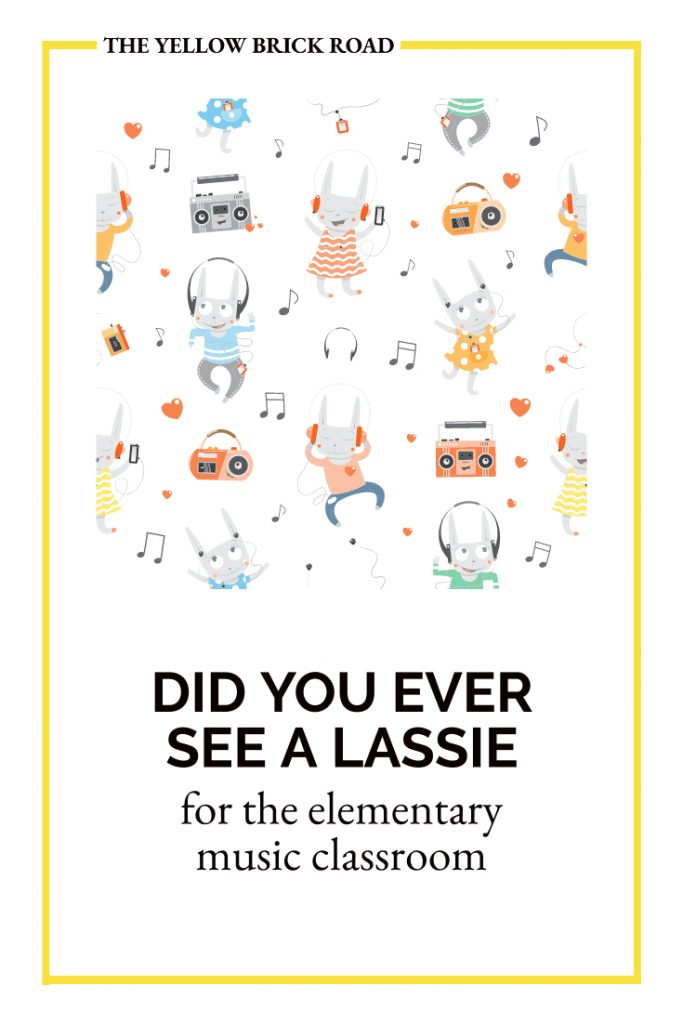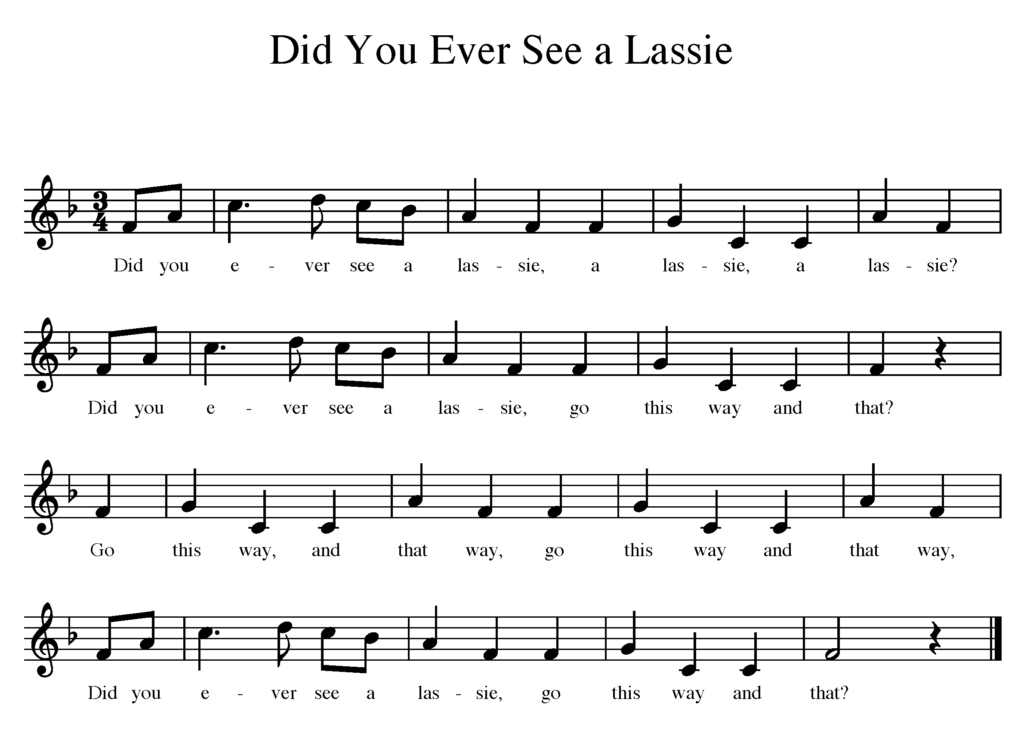The best advice I can ever give new elementary music teachers is to keep them moving. Use every opportunity you have to expend their energy. Movement has so many benefits, just a few being that it’s great for steady beat practice, expressiveness, and keeps students actively engaged. The Feierabend philosophy encourages students to be tuneful, beatful, and artful. Movement fits in perfectly with these goals.
MOVEMENT GAME
Students stand in a circle with one child in the middle. During the phrase, “Go this way, and that way…” the student in the middle will perform a beat motion of their choice, and the rest of the class will copy it. Continue playing the game with a different student in the middle each time, until everyone has shared their movement. Here are a few tips to help your students feel comfortable with movement activities:
- Start small. Begin with simple beat motions and non-locomotor movements as you build up your students’ movement vocabulary.
- Give students an opportunity to practice and observe. The quickest way to make a shy student freeze up, is to put them on the spot without sufficient observation and practice time. Give them clear guidelines, a few minutes to practice their movements, and time to observe other students in the spotlight before asking them to do the same.
- Provide structure with space for creativity. An obvious guideline for this game, would be that students have to perform non-locomotor movements only (so they aren’t crashing into each other in the circle). But beyond that, just sit back and watch the creativity flow!
- Avoid brain freeze embarrassment. The fear at the top of most students’ minds, is the fear of being embarrassed in front of their classmates. That’s why it’s important to give them as many tools as possible to feel comfortable in your classroom. One way to do this is to say, “If you haven’t thought of a new movement by the time it’s your turn, you can copy what I do.” In this scenario, the teacher is the first one to perform the movement, so all students will see that movement, and know that they can copy it if their nerves get in their way.
If you’re not sure where to start with movement vocabulary, you can download this free resource to get started.


